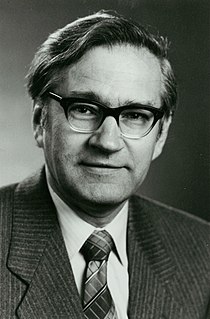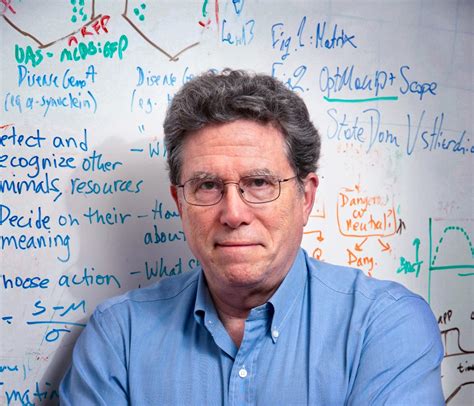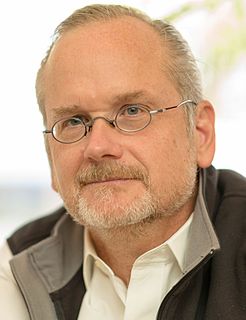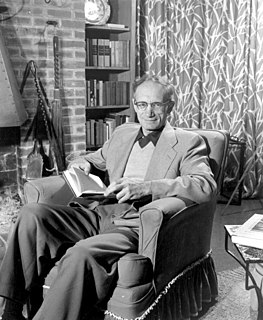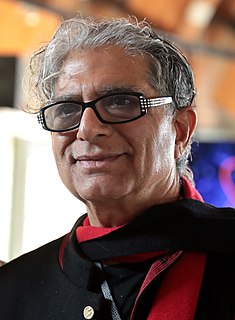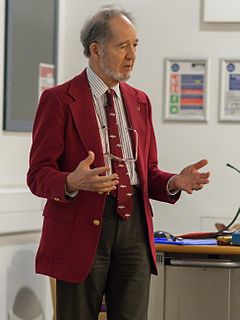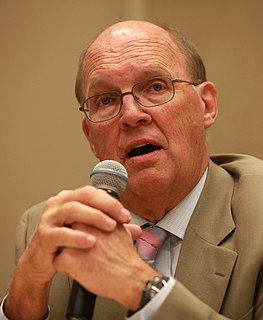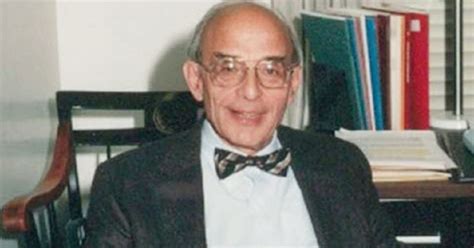A Quote by Richard Ernst
Solving Problems with NMR Spectroscopy is a very welcome addition to the existing literature. It fulfills a real need for an up-to-date and authoritatively written introduction for students and practitioners of NMR.
Related Quotes
In 1974/75, I spent a sabbatical year with Professor Vince Jaccarino and Dr. Alan King at the University of California in Santa Barbara to get a taste of nuclear magnetic resonance. We solved a specific problem on the bicritical point of MnF2, their home-base material. We traded experience, NMR, and critical phenomena.
People often get racism mixed up with bigotry or prejudice. We need to get our terminology straightened out. We obviously have racial problems that need solving. The first step in solving a problem is to identify it. If we keep mis-identifying bigotry and prejudice as racism we'll never make any headway
Business students are very oriented to playing a role in the real world and accomplishing something, not training themselves to be scholars and contribute to the literature. Teaching in that kind of environment has focused me much more on the real world, how pieces of the theory I know can be applied to real-world situations.
Most people define learning too narrowly as mere 'problem-solving', so they focus on identifying and correcting errors in the external environment. Solving problems is important. But if learning is to persist, managers and employees must also look inward. The need to reflect critically on their own behaviour, identify the ways they often inadvertently contribute to the organisation’s problems, and then change how they act.
